ROUTINE LAPAROSCOPIC SURGERIES
- /
- Routine Laparoscopic Surgeries
ROUTINE Laparoscopic SURGERY
Laparoscopic Cholecystectomy (Gall Bladder Surgery)
Laparoscopic removal of Gall Bladder is called as Lap Cholecystectomy. This is very common surgery and removal of Gall Bladder Laparoscopically is most safe and effective way to treat Gall Bladder Stone. We are among the few surgeons who are doing this surgery by Single Incision also (SILS) Technique.
This is done under General anaesthesia procedure is surgery 30mins or less. After Gall Bladder is removed, the Bile will flow Liver through common Bile Duct to intestine and will mix up into food. No side effect of removing GB on food.
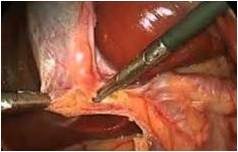
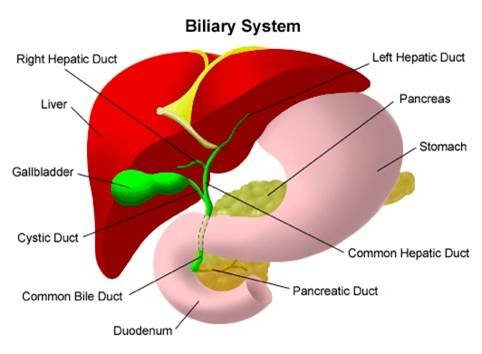
Laparoscopic Hernia Surgery (All types of Hernia)
Hernia is bulging or tearing of inner layer of abdominal wall when it gets weakened. Through which Balloon like Swelling comes out containing intestinal content, intestinal or abdomen. This causes abdominal pain and other serious symptoms. Both sexes can have hernia. There are two reasons of hernia:
- Natural weakness of abdominal wall
- Excessive straining of abdominal wall due to heavy lifting, weight gain coughing or chronic constipation and urinary retention
- Inguinal Hernia : An inguinal hernia occurs when tissue, such as part of the intestine, protrudes through a weak spot in the abdominal muscles. The resulting bulge can be painful, especially when you cough, bend over or lift a heavy object.
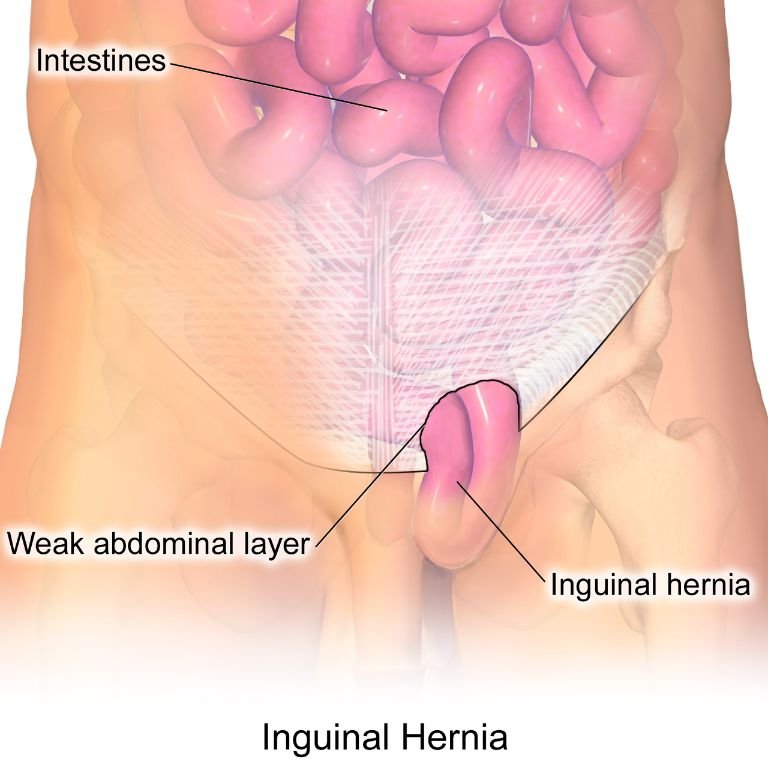
- Ventral Hernia : A ventral hernia is a bulge of tissues through an opening of weakness within your abdominal wall muscles. It can occur at any location on your abdominal wall. Many are called incisional hernias because they form at the healed site of past surgical incisions.
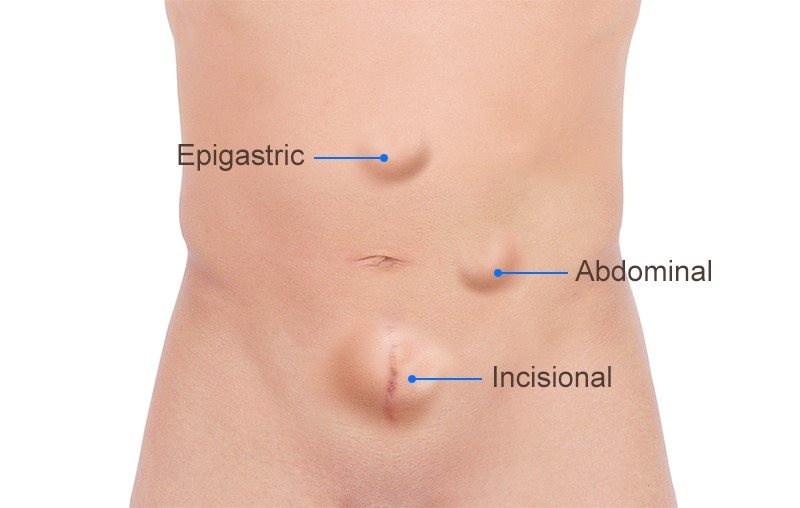
- Umbilical Hernia : An umbilical hernia is a result of weakness in the muscles in or around your belly button. It causes the belly button to pop outwards and can happen at any age. Umbilical hernias are most common in women during and after pregnancy, and in people who are overweight.
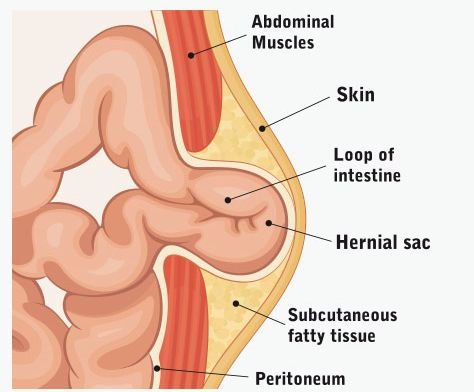
- Incisional Hernias : Incisional hernias can develop after abdominal surgery. They happen after up to 15 to 20 percent of abdominal operations involving incisions. Certain factors may increase or decrease your risk for developing an incisional hernia.
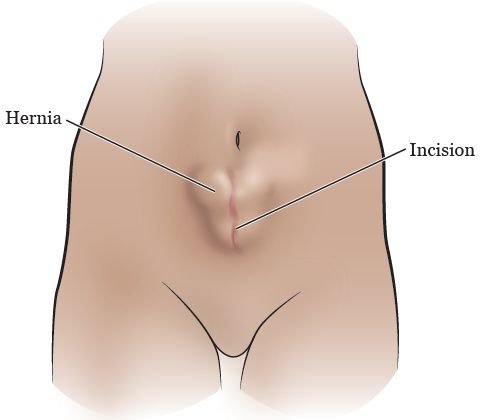
Symptoms of Hernia:
- Noticeable swelling in abdominal wall or groin region.
- Pain weight lifting weight.
- Mild aching feeling
- Most of the time feeling of fullness.
- Nausea & Constipation.
Advantages of lap Hernia:
- Small incisions
- Less pain
- Early recovery & back to work.
Laparoscopic Appendectomy
The appendix is vestigial organ the inflammation of Appendix is called Appendicitis. Appendicitis is tubular structure of about 3-4 inch long.
Acute Appendicitis is an emergency once it develops patient need to undergo emergency Lap Appendectomy else it may get pert orated and may cause peritonitis i.e.: spillage of infections material into abdominal cavity. If not treated it can be fatal i.e.: dangerous to life.
Only surgery is the treatment of Appendicitis called as Appendectomy. Procedure is done by laparoscopic or mini laparoscopy using 5mm telescope or 3mm telescope by small 3 insecisions. We are amongst few centres in Delhi who is doing mini laparoscopy and SILS procedure for appendix. Procedure is 30 mins. Patient can be discharge next day.
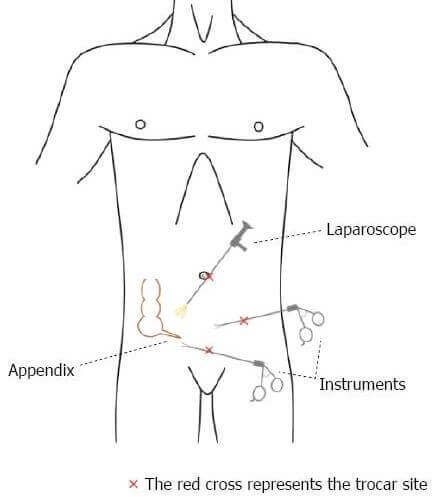

STARR (Stapled Trans Anal Rectal Resection)
This is minimally invasive surgery to treat the patient of Rectal Prophase and patient having obstructive defecation syndrome (ODS).
In this procedure excess of rectal tissue is removed by tiring two staplers. One for above and another for below prophase mass. This is advancement of stapled Haemorrhoidectomy to remove Excess Rectal Tissue.

Stapled Haemorrhoidectomy MIPH (Minimally invasive Procedure For Piles)
Haemorrhoids is collection of the swelling vein along with the prolapsed mulosa. This is also called as piles in simple words. If Haemorrhoids mass is inside called internal Haemorrhoids and if vein is swollen outside called external Haemorrhoids. Normally the patient has both internal and external Haemorrhoids.
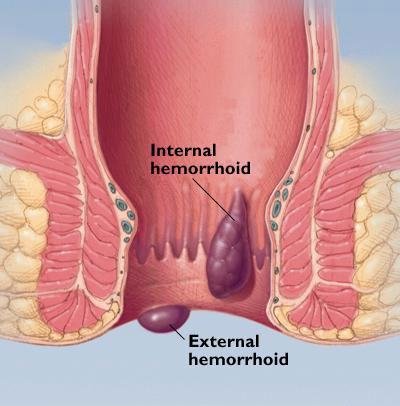
Stapled Hemorrhoidectomy Procedure
Stapled hemorrhoidectomy is surgical technique for treating hemorrhoids, and is the treatment of choice for third-degree hemorrhoids (hemorrhoids that protrude with straining and can be seen on physical exam outside the anal verge. Persistent or intermittent manual reduction is necessary). Stapled hemorrhoidectomy is a misnomer since the surgery does not remove the hemorrhoids but, rather, the abnormally lax and expanded hemorrhoidal supporting tissue that has allowed the hemorrhoids to prolapse downward.
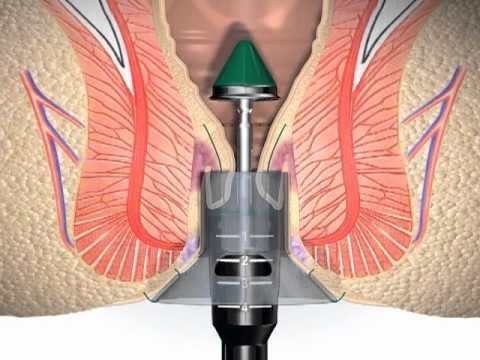
Laser Hemorrhoidoplasty Procedure
Stapled hemorrhoidectomy is surgical technique for treating hemorrhoids, and is the treatment of choice for third-degree hemorrhoids (hemorrhoids that protrude with straining and can be seen on physical exam outside the anal verge. Persistent or intermittent manual reduction is necessary). Stapled hemorrhoidectomy is a misnomer since the surgery does not remove the hemorrhoids but, rather, the abnormally lax and expanded hemorrhoidal supporting tissue that has allowed the hemorrhoids to prolapse downward.

VAAFT (Video Assisted Anal Fistula Treatment) Surgery
Laser Hemorrhoidoplasty Procedure or laser therapy is a day-care procedure that offers several advantages over traditional surgery. Compared to banding surgery, laser effectively treats hemorrhoids, improves symptoms and reduces post-operative pain. Similar benefits are seen for patients with severe anal spasms, external thrombosis, fissure, and sentinel tags, fistula & varicose veins due to ever-growing advantages

